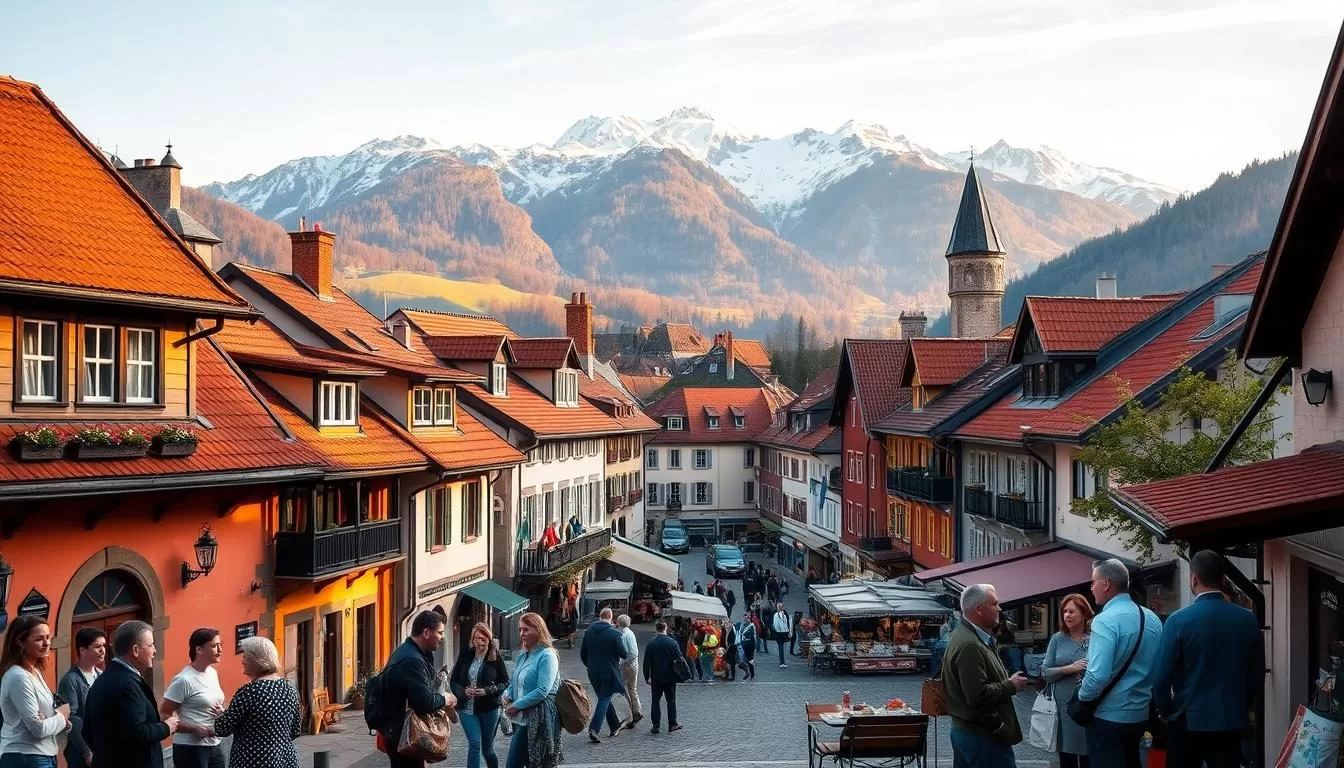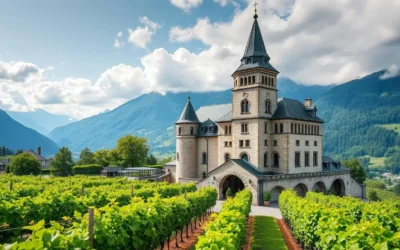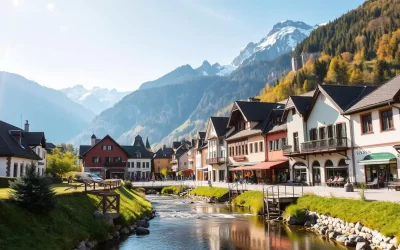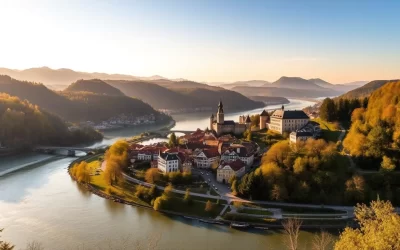Nestled between Switzerland and Austria, this charming principality is home to a population of around 40,000 people. Its capital, Vaduz, is a picturesque hub that reflects the country’s unique character.
Standard German is the official language here, used in formal settings and education. However, the language landscape is enriched by regional dialects, adding a layer of cultural depth.
With a small yet diverse population, the way a person speaks often reveals their regional roots. Understanding this linguistic diversity is key to appreciating the principality’s rich heritage.
This article will guide you through the fascinating language traditions of this European gem. Let’s explore how dialects and official language shape its identity.
A Snapshot of Liechtenstein’s Linguistic Landscape
The linguistic tapestry of this small European nation is as diverse as its scenic landscapes. Here, Standard German serves as the primary language for formal communication, education, and government affairs. Nearly 95% of the population uses it daily, making it the cornerstone of the country’s linguistic identity.
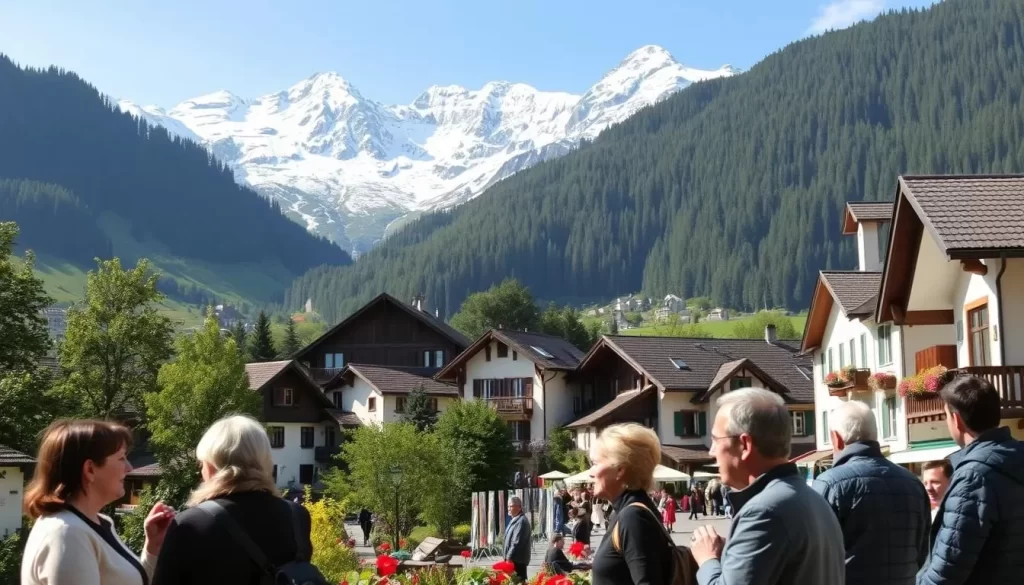
Beyond the official language, regional dialects add a unique flavor to everyday conversations. Swiss German, spoken by nearly 29,000 people, is the most prevalent. Smaller communities use Walser and Alemannic, each reflecting distinct cultural roots. These dialects often reveal where a person is from, offering a glimpse into the country’s rich heritage.
Standard German: The Official Tongue
In this Alpine country, Standard German is the backbone of formal communication. It’s taught in schools, used in legal documents, and spoken in official settings. This standardized form ensures clarity and consistency across the population.
Regional Dialects: Swiss German, Walser, and Alemannic
Regional dialects bring a sense of local pride and identity. Swiss German, with its melodic tones, is widely spoken in everyday life. Walser and Alemannic, though less common, are cherished for their historical significance. These dialects connect people to their roots and highlight the influence of neighboring regions like Austria and Switzerland.
| Dialect | Characteristics | Usage |
|---|---|---|
| Swiss German | Melodic, informal | Everyday conversations |
| Walser | Historical, unique | Small communities |
| Alemannic | Regional, traditional | Cultural events |
This blend of Standard German and regional dialects creates a vibrant linguistic mosaic. It’s a testament to the country’s ability to balance tradition with modernity in the world of communication.
Liechtenstein: Official and widely spoken languages – A Deeper Look
In this Alpine nation, the blend of formal and informal speech paints a vivid picture of its cultural richness. The concept of diglossia—where Standard German and regional dialects coexist—plays a key role in shaping everyday communication. This duality reflects both historical traditions and modern influences, making the linguistic landscape truly unique.
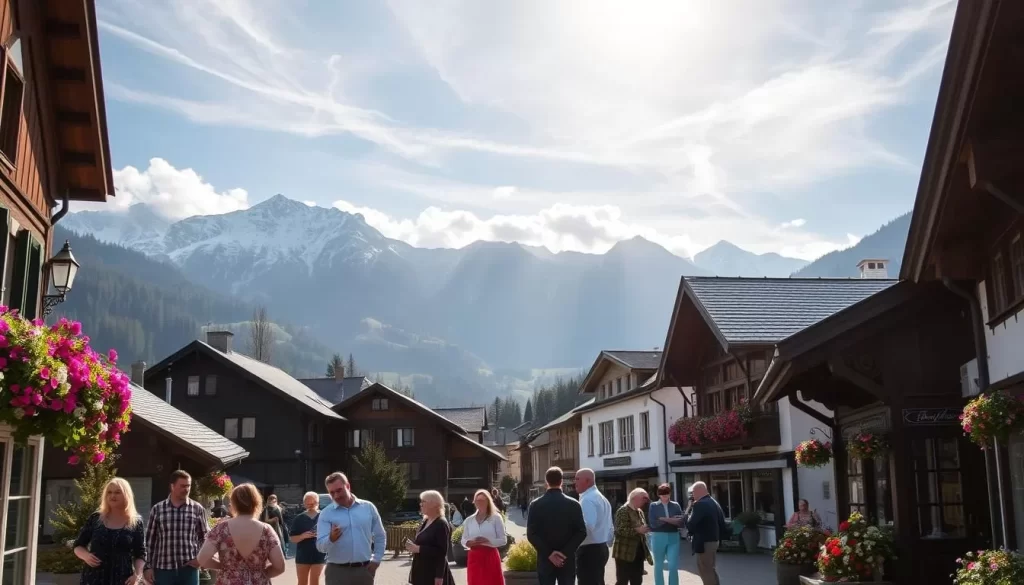
Understanding Diglossia and Dialect Diversity
Diglossia refers to the use of two distinct forms of a language within a community. Here, Standard German is used in formal settings, while regional dialects dominate casual conversations. Swiss German, for example, is widely spoken in daily life, connecting people to their roots.
This linguistic diversity is not just about words; it’s about identity. Regional dialects like Walser and Alemannic are cherished for their historical significance. They foster a sense of belonging and strengthen community bonds among individuals.
Population Dynamics and Linguistic Identity
The population of this small country is youthful, with a significant number of foreign citizens in the working-age group. This dynamic influences language use, as newcomers bring their own linguistic traditions. For instance, Swiss-German media has a noticeable impact, reinforcing the dynamic nature of communication.
With over 12,000 foreign residents, the linguistic landscape continues to evolve. This mix of cultures enriches the country’s identity, blending tradition with modernity.
| Dialect | Role | Community Impact |
|---|---|---|
| Swiss German | Everyday communication | Connects people to regional roots |
| Walser | Historical significance | Strengthens local identity |
| Alemannic | Cultural preservation | Fosters community bonds |
This interplay between Standard German and regional dialects highlights the adaptability of the population. It’s a testament to how language can bridge the past and the present, creating a vibrant cultural mosaic.
The Role of English and Other Languages in Liechtenstein
The principality’s linguistic scene is evolving with global influences. While Standard German remains the primary language, English is gaining traction as a favored second language. This shift reflects the country’s growing connections to the global world.

English: A Growing Second Language
English has become essential in higher education, business, and travel. Many students prefer it for academic exchange, while professionals use it for global communication. This adoption supports the population’s ability to engage internationally.
Media and international investments also encourage English use. It’s now a key part of the country’s linguistic flexibility, shaping its global outlook.
Other Languages: Italian, Turkish, and More
Immigration has introduced other languages like Italian and Turkish. These contribute to the multicultural environment, enriching the country’s identity.
While Standard German dominates, these languages highlight the influence of diverse communities. They reflect the principality’s adaptability in a connected world.
For more on the linguistic landscape, explore this detailed guide. Learn how Standard German and other languages shape this unique region.
Cultural and Educational Impacts on Language Use
Education and cultural integration shape the way people communicate in this unique region. Schools and media play a critical role in sustaining both the formal and informal aspects of speech. This balance ensures that traditions thrive while embracing global influences.
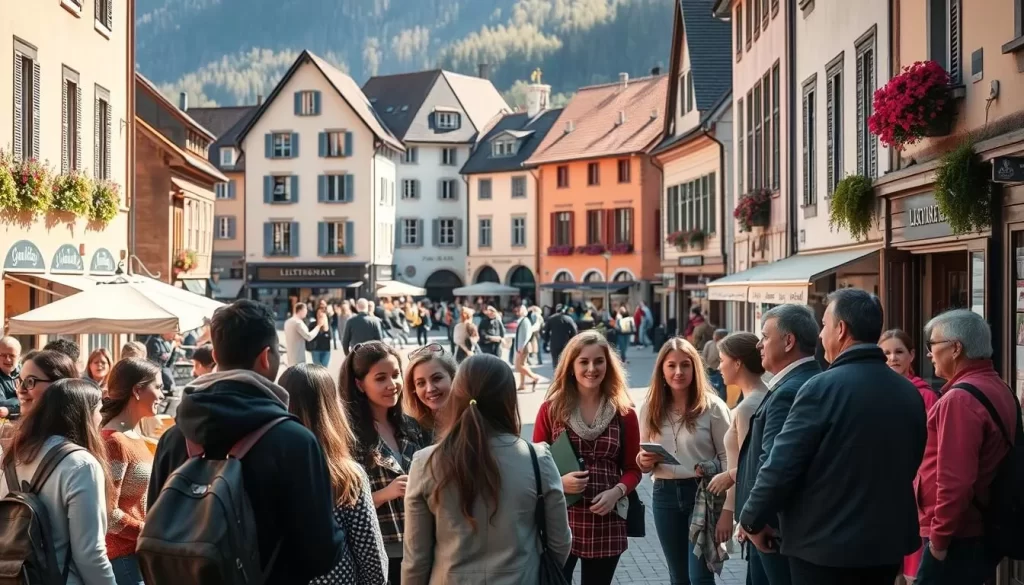
Linguistic Integration Through Schooling
In this country, education is a cornerstone of linguistic integration. Schools primarily teach in Standard German, ensuring clarity and consistency in formal communication. This approach helps students master the language while preparing them for academic and professional success.
At the same time, regional dialects are respected and often used in informal settings. This dual approach fosters a sense of identity while promoting unity. Studies show that multilingual students often perform better in standardized tests, highlighting the benefits of this system.
The Influence of Media and Immigrant Communities
Media and technology also play a significant role in shaping the linguistic landscape. Swiss-German media, for example, reinforces the use of regional dialects in everyday life. This exposure helps preserve cultural heritage while adapting to modern trends.
Immigrant communities add another layer of diversity. Languages like Italian and Turkish enrich everyday conversations, creating a multicultural environment. This blend of traditions and new influences supports social cohesion and lifelong learning.
| Element | Role | Impact |
|---|---|---|
| Education | Teaches Standard German | Ensures formal communication |
| Media | Promotes dialects | Preserves cultural heritage |
| Immigrants | Introduce new languages | Enrich linguistic diversity |
For more on how linguistic policies shape this region, explore this detailed guide. Learn about the cultural heritage that makes this area unique.
Conclusion
This small yet vibrant European nation offers a fascinating blend of linguistic traditions. Its language landscape is shaped by Standard German, regional dialects, and global influences like English. The capital, Vaduz, reflects this diversity, with its multicultural population adding depth to everyday communication.
Education and media play key roles in preserving this heritage while adapting to modern trends. Schools emphasize Standard German, while regional dialects thrive in informal settings. This balance ensures cultural identity remains strong.
Over the year, the influence of English and other languages has grown, reflecting the country’s global connections. This evolution highlights its ability to blend tradition with modernity. For more insights, explore the linguistic landscape.
This unique mix of history and innovation makes its language traditions truly captivating. Take a moment to appreciate the rich cultural tapestry that defines this European gem.
The above is subject to change.
Check back often to TRAVEL.COM for the latest travel tips and deals.
